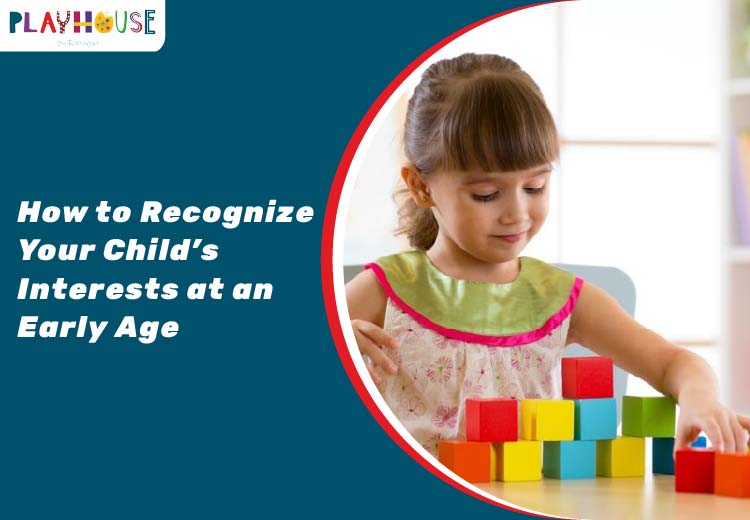Every child has unique likes and dislikes. When we explore the interests of a child early, it gives them an advantage in developing confidently. Having hobbies for young children is a great way to let children try new things to discover their passions and develop abilities. In this article, we’ll explore how to recognize your child’s passions, help them with their interests, and to develop compassion and understanding.
Why noticing the interests of a child matters
If a child is displaying their interests that means they are connecting with the world in their own way. Being aware of the interests of your child can help you guide them and encourage their development. According to studies, children who are involved in activities they enjoy tend to remain engaged for longer periods and learn more deeply.
In addition, having hobbies for young children gives them freedom to communicate, explore and develop confidence. It’s more than just fun. It’s about helping them find out who they really are.
Also read: Fun Games for Little Kids During Bhai Dooj Celebrations
Signs your child may have certain interests
Here are a few signs that the interests of a child could be reflected in the following:
- They are more likely to spend time on specific activities, such as building blocks, drawing or reading.
- They ask questions about the things they observe or have fun exploring a particular topic over and over.
- They express excitement or joy while doing specific tasks or discussing things they love.
- They are always returning to hobbies for young children, such as gardening, dancing, singing , puzzles and playing with pets.
- They focus more, try things multiple times, or feel personally invested in some activity beyond simple playing.
If you spot these indicators you’re noticing the first indications of an enthusiasm or an interest. The key is to be attentive.
How to observe and support your child’s interests and hobbies
Here are some tips that will assist you in identifying and encouraging the interests of a child and encourage the passion:
- Watch and wait: Let your child be free to play and observe, but don’t jump into the action too quickly. Notice when they seem especially happy, focused, or curious.
- Offer a variety: Give them time and the tools to try different activities like painting, music, science kits, outdoor play, storytelling. This can help uncover what interests a child you might not have seen.
- Listen with interest: When your child talks about something, ask gentle questions like: “What did you like about that?” or “Would you like to try more of this?” Your questions help them think about their hobbies and interests.
- Follow their lead: If they select an activity repeatedly and repeatedly, then they have a keen interest in it. Give them the space, resources or even time to engage in that passion.
- Celebrate exploration, not perfection: This isn’t about becoming the best, it’s about having fun along the way. If your child is exploring an exciting new activity or passion, appreciate the effort.
- Connect interests to everyday life: For example, if your child enjoys drawing, give them sketchbooks, colouring tools or even an “art corner”. If they are interested in animals, arrange a trip to a natural park or give them books on animals. This can turn a simple event into a meaningful hobby for young children.
- Be flexible: Interests evolve. For example, a child might be into dinosaurs right now, but gardening in the future. Be respectful of those changes. Researchers have noted that children’s interests change as they develop.
Building on the hobbies and interests
Once you notice a hobby or interest taking root, you can build on it:
- Encourage small projects: If your child’s interest is in nature, encourage your child to gather leaves and draw them.
- Engage together: Take part in their hobbies. If parents show interest in the child’s interests, it increases their confidence.
- Provide gentle challenges: As they become confident, they can be introduced to new ideas or tools. If they are fond of building blocks, introduce more complicated sets.
- Link interests with learning: Help them understand the science behind plants when they are passionate about gardening, or history if they like stories. This can make the activity more enriching.
- Show patience: Some hobbies fade and others stay. That’s okay. The aim is to support the interests of a child rather than force a set course.
Conclusion
Understanding the interests of a child early can set the foundation for a joyful and confident growth. By offering space, variety, observation, and gentle support to their hobbies for young children, you help them discover their unique path. Remember, the aim isn’t to make them experts, but rather to make them feel respected, appreciated and excited about the things they do. With your help they’ll discover, select and flourish throughout the world, with a passion that brings the person joy and purpose.
FAQs
Q1. When can I start noticing my child’s interests?
You can start noticing from toddler age. The way they play or choose toys often shows what they enjoy.
Q2. Are hobbies for young children only about fun?
No. Hobbies are fun, but they also help children learn new skills, be creative, stay focused, and build confidence.
Q3. Can a child’s interest change suddenly?
Yes. As children grow and try new things, their interests can change. Support them and let them explore new activities.


